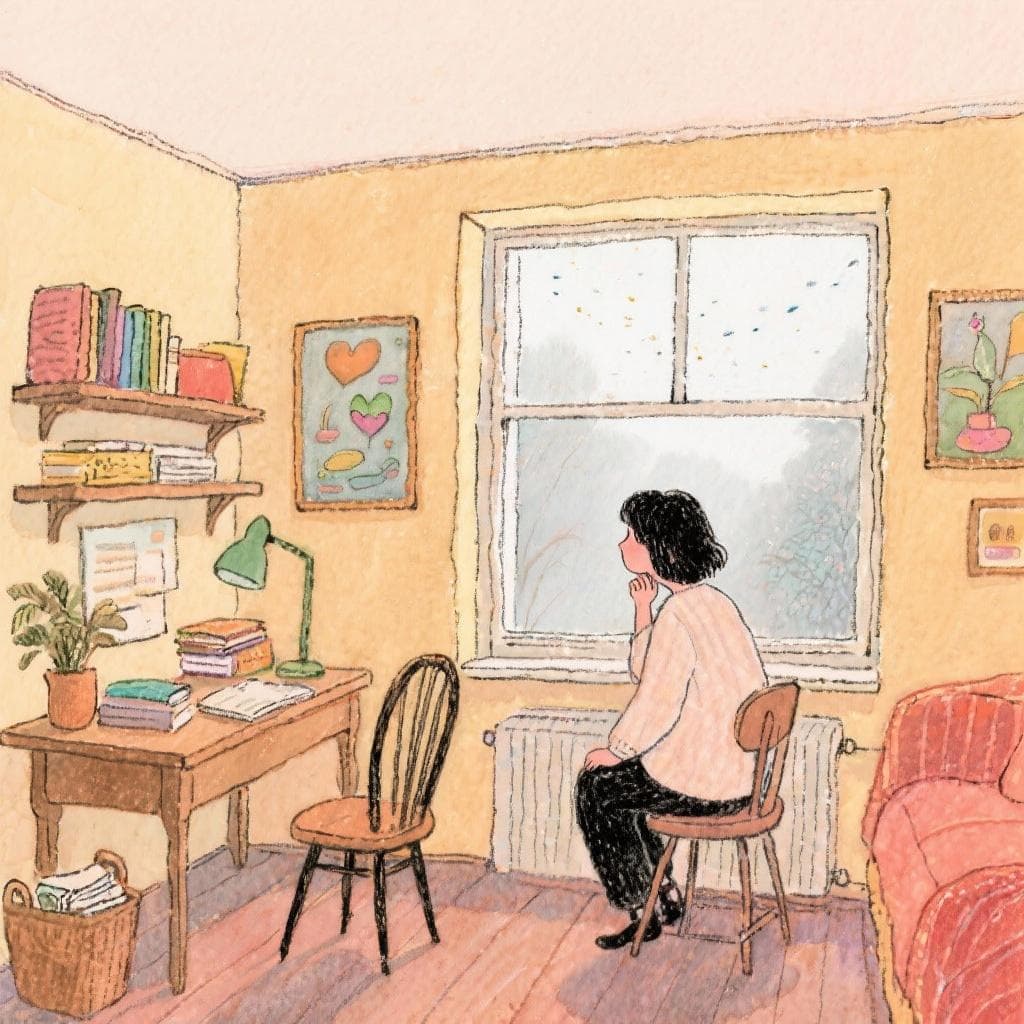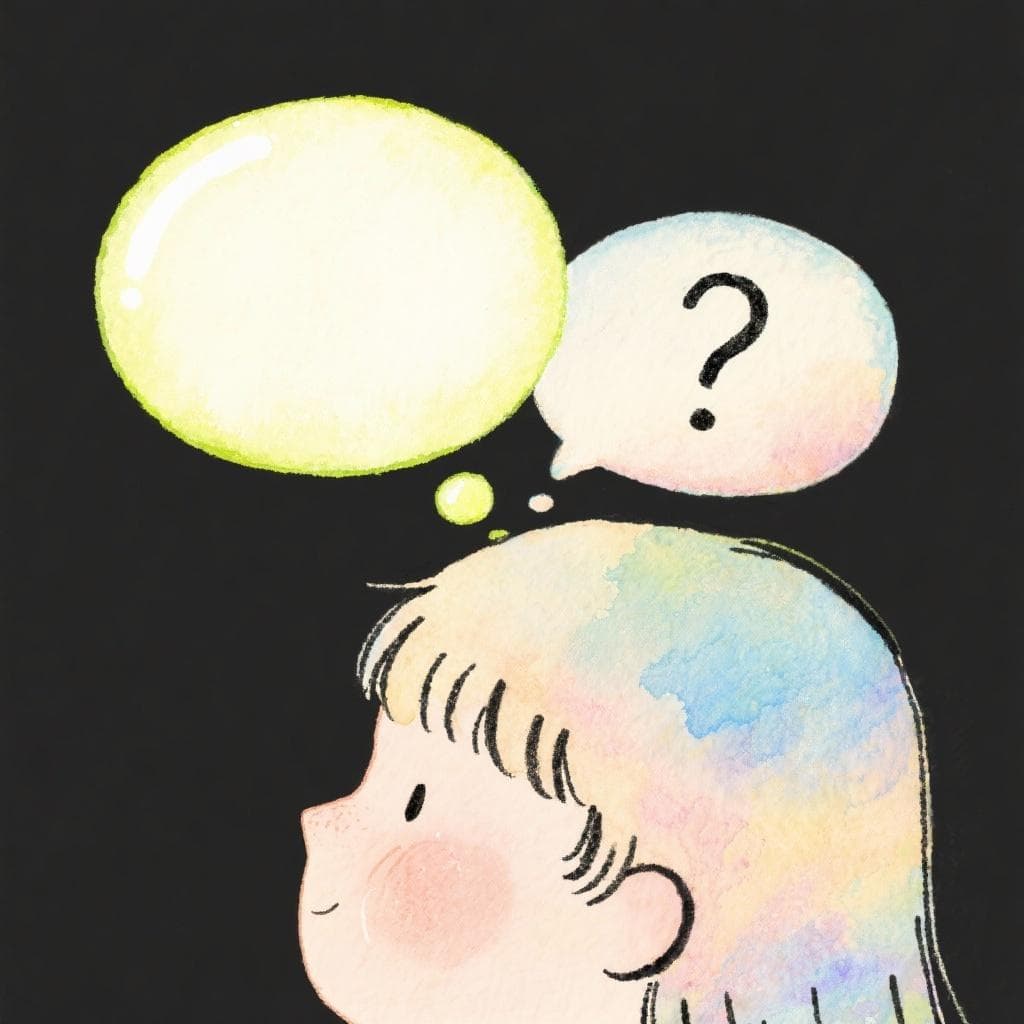Table of Contents
Spanish Subjunctive vs. Indicative: A B1 Guide to Reality vs. Desire
Ever felt like Spanish has a secret code for expressing feelings and uncertainty? You're not wrong! That "secret code" is the subjunctive mood, and understanding it is a huge leap forward in sounding more natural and nuanced.
Think about the difference between "I know you are coming" and "I hope you come." The first is a fact; the second is a wish. In Spanish, this difference in feeling changes the entire verb.
This guide will demystify the two main "moods" in Spanish: the indicative (for reality) and the subjunctive (for everything else). Don't worry, by the end of this, you'll feel much more confident choosing the right one.

The Indicative: Your Comfort Zone of Certainty
Let's start with what you already know. The indicative mood is the default mode for speaking Spanish. You've been using it since day one to talk about facts, state truths, and describe reality.
The indicative is used for things that are:
- True
- Factual
- Certain
You use it in all the tenses you've learned so far: present, past (preterite/imperfect), and future.
Examples of the Indicative:
- Fact: El cielo es azul.The sky is blue.
- Description: Mi casa tiene tres dormitorios.My house has three bedrooms.
- Event that happened: Ayer fuimos al cine.Yesterday we went to the cinema.
- Certain future plan: Mañana llamaré a mi mamá.Tomorrow I will call my mom.
You're Already an Expert!
You've been using the indicative mood this whole time without even thinking about it! It's the mood of objective reality and reporting information. Easy, right?

The Subjunctive: Entering the World of Wishes, Doubts, and Emotions
Now for the fun part. The subjunctive mood takes us out of the world of concrete facts and into the world of subjectivity. It's how we express our feelings about something, rather than just stating that it is.
The subjunctive is used for things that are:
- Uncertain or doubtful
- Hypothetical
- Desired or hoped for
- Connected to an emotion
To remember when to use the subjunctive, we have a fantastic acronym: W.E.I.R.D.O.
Meet Your New Best Friend: W.E.I.R.D.O.
This acronym is a lifesaver for remembering the main triggers for the subjunctive mood.
- Wishes & Desires
- Emotions
- Impersonal Expressions
- Recommendations & Requests
- Doubt & Denial
- Ojalá
Let's break down each part of W.E.I.R.D.O. with examples.
W is for Wishes & Desires
When you express what you want someone else to do, you need the subjunctive.
- Quiero que tú vengasyou come a la fiesta. (I want you to come to the party.)
- Espero que tengasyou have un buen día. (I hope you have a good day.)
- Mi madre prefiere que comamoswe eat en casa. (My mom prefers that we eat at home.)
E is for Emotions
If you're expressing happiness, sadness, anger, or surprise about someone else's actions, use the subjunctive.
- Me alegro de que estésyou are aquí. (I'm happy that you are here.)
- Siento que te sientasyou are mal. (I'm sorry that you feel sick.)
- Me sorprende que él sepahe knows eso. (It surprises me that he knows that.)
I is for Impersonal Expressions
These are phrases that don't have a specific subject, like "It's important that..." or "It's necessary that..."
- Es importante que estudiesyou study mucho. (It's important that you study a lot.)
- Es necesario que salgamoswe leave ahora. (It's necessary that we leave now.)
- Es una lástima que lluevait's raining. (It's a shame that it's raining.)
R is for Recommendations & Requests
When you recommend, suggest, or ask someone to do something, you're in subjunctive territory.
- Te recomiendo que pruebesyou try la paella. (I recommend that you try the paella.)
- El doctor sugiere que yo descanseI rest. (The doctor suggests that I rest.)
- Te pido que me escuchesyou listen. (I'm asking you to listen to me.)
Which sentence correctly uses the subjunctive for a recommendation?
D is for Doubt & Denial
If you doubt something or deny that it's true, you're expressing uncertainty. That calls for the subjunctive.
- Dudo que él tengahe has el dinero. (I doubt that he has the money.)
- No creo que vayait's going to rain a llover. (I don't think it's going to rain.)
- No es verdad que la tienda estéthe store is abierta. (It's not true that the store is open.)
O is for Ojalá
This unique Spanish word comes from Arabic and means something like "I hope" or "If only." It always triggers the subjunctive.
- Ojalá que salgathe sun comes out el sol. (I hope the sun comes out.)
- Ojalá podamoswe can viajar este año. (I hope we can travel this year.)
The Magic Formula: How to Spot the Subjunctive
Did you notice a pattern in all the W.E.I.R.D.O. examples? Most of them follow this structure:
[Verb 1 in Indicative] + QUE + [Verb 2 in Subjunctive]
This structure usually involves a change of subject.
- Yo quiero que tú vengascome. (Subject changes from "I" to "you")
- Ella duda que nosotros lleguemosarrive a tiempo. (Subject changes from "she" to "we")
What happens if there's no change of subject? You just use the infinitive (the -ar, -er, -ir form of the verb).
Drag the handle to compare
In the first example, "I" want to travel. In the second, "I" want "you" to travel. That change of subject is the key that unlocks the subjunctive.
Certainty vs. Uncertainty: A Head-to-Head Battle

This is where many learners get tripped up. Some verbs can trigger either the indicative or the subjunctive depending on whether they are used affirmatively or negatively. The classic example is creer (to believe/think).
- Affirmative (Certainty) → Indicative
- Negative (Doubt) → Subjunctive
Let's see it in action:
Drag the handle to compare
When you say "I think..." (Creo que...), you are expressing your reality, your belief. It's a fact for you. So, you use the indicative (viene).
But when you say "I don't think..." (No creo que...), you are introducing doubt and uncertainty. You're saying it's not a fact for you. That doubt triggers the subjunctive (venga).
Here are a few more pairs:
-
Indicative:
Es verdad que...(It's true that...) -
Subjunctive:
No es verdad que...(It's not true that...) -
Indicative:
Pienso que...(I think that...) -
Subjunctive:
No pienso que...(I don't think that...)
Time to Test Your Skills!
Ready to see if you can spot the difference? Choose the correct verb form in each sentence.
Complete the sentence: 'Espero que ___ (tener) un buen viaje.'
Complete the sentence: 'Estoy seguro de que él ___ (saber) la verdad.'
Complete the sentence: 'Es una lástima que no ___ (poder) venir.'
You've Got This!
Whew, that was a lot! But don't feel overwhelmed. The core difference is simple:
- Indicative = REALITY. Facts, truths, and certainties.
- Subjunctive = SUBJECTIVITY. Wishes, emotions, doubts, and possibilities.
Mastering the subjunctive is a journey, not a race. The more you listen to native speakers and practice using it in these W.E.I.R.D.O. situations, the more it will become second nature. You're building a deeper, more expressive way to communicate in Spanish, and that's something to be proud of!